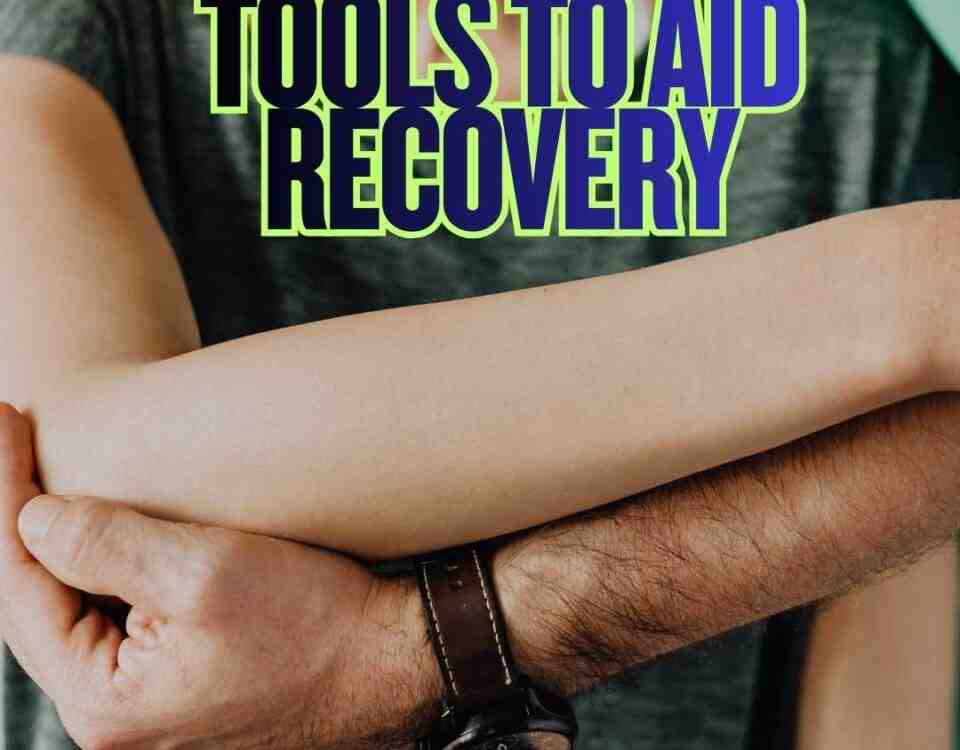Flex Appeal: The Latissimus Dorsi Takes Center Stage!

What is Electrical Stimulation?
July 28, 2025
The Pecan
July 28, 2025- Accident doctor
- accupuncture
- airplane headache
- alzheimer's
- best habits
- Brain Injuries
- car accident
- car accidents
- cervical strain
- colds
- concussion
- Concussions
- disc bulge
- dosage meds
- dry needling
- dull pain
- E bike injuries
- florida
- good posture
- headaches
- Headrest positions
- Headrest positions after an accident
- Healthy choices
- Healthy flying
- healthy gift guide
- Healthy SPring Ideas
- hip pain
- hyperextension
- injury doctor
- insurance
- Kayaking
- kentucky
- kids motion sickness
- lifestyle
- motion sickness
- neck injury
- no fault insurance doctor
- noise healing
- osteoporosis
- pain symptoms
- pink noise
- posterior chain
- posture
- prevent osteoporosis
- Rest
- Scoliosis
- shoulder pain
- Stress with kids after a motor vehicle accident
- TBI
- tips
- tmj
- torn muscle
- Traumatic Brain Injury
- trigger points
- VitaminD
- What are Post Traumatic headaches?
The Latissimus Dorsi
The latissimus dorsi, often called the “lats,” is a broad, flat muscle playing a key role in upper body movement. Originating from the lower torso, and traveling through the middle back, it stretches upward to insert along the upper arm bone (humerus). This powerful muscle helps with most of your shoulder movements, while also stabilizing the back. Dr. Aaron Workman of Chambers Medical Group, one of the highest rated car accident medical care programs in Kentucky, goes over its function, anatomy, and how it can sustain injury in a motor vehicle accident (MVA).
- Movement
The latissimus dorsi powers actions like pulling your arm down or back, which is involved in movements such as rowing, lifting, and climbing. When the arms are held above the head it can help pull your entire trunk upwards along with the aid of your pectoralis muscle. It also assists in rotating the arm inward, making it vital for daily tasks, but injury can disrupt its smooth operation. When injured you may notice pain immediately during a violent cough or sneeze as it works to compress the chest and abdomen.
- Anatomical Reach
This is a very large muscle that covers the lower spine, pelvis, lower ribs, half of the middle spine, all the way to your upper arm bone, the humerus. The lats cover such a huge area of the back that one small dysfunction can have a profound effect. A trauma to this extensive connection can strain its attachment, affecting both shoulder mobility and thoracic stability.
- MVA Injury Mechanism
In an MVA, the latissimus dorsi can be injured when the body is jolted forward, or twisted, often with the arm braced for impact. This sudden force may overstretch or tear the muscle, commonly alongside a rotator cuff strain, leading to pain that radiates from the shoulder to the mid-back. If you have suffered from whiplash or shoulder trauma, it is also likely you will have trauma in your lats that can cause a chain reaction of pain all the way to the lower back. If the rotator cuff hurts after an MVA, the latissimus dorsi is often involved due to their shared shoulder function.
- Recovery Challenges
MVA-related latissimus dorsi injuries, particularly with rotator cuff involvement, can lead to persistent pain and limited movement. This limited movement can come with a multitude of complications that can prolong a rehab program. A decrease in length or an increase in stiffness of this muscle can also lead to changes in movements and different postures which can make lower back pain even worse.
The latissimus dorsi is one of the largest muscles in the body stretching from the lower trunk all the way up to your arms. It is involved in many shoulder movements and plays a role in mobility of the middle, lower back, and abdomen. An MVA that causes injury to this muscle can cause mid-back and posterior shoulder pain, especially if the rotator cuff is affected. If you find yourself suffering from pain in this region, it is beneficial to work on stretching and strengthening, as this muscle will be used every day throughout your life. Ice or heat may also be applied for discomfort. If you find the back of your shoulders in pain following an MVA, then the doctors at Chambers Medical Group can perform an evaluation and work on getting you back to better health.
— This article is written by Aaron Workman, DC, one of the members of Chambers Medical Group’s team of car accident chiropractors who offer a variety of treatments and therapies ranging from diagnostic testing to various soft tissue therapies for car accidents and




